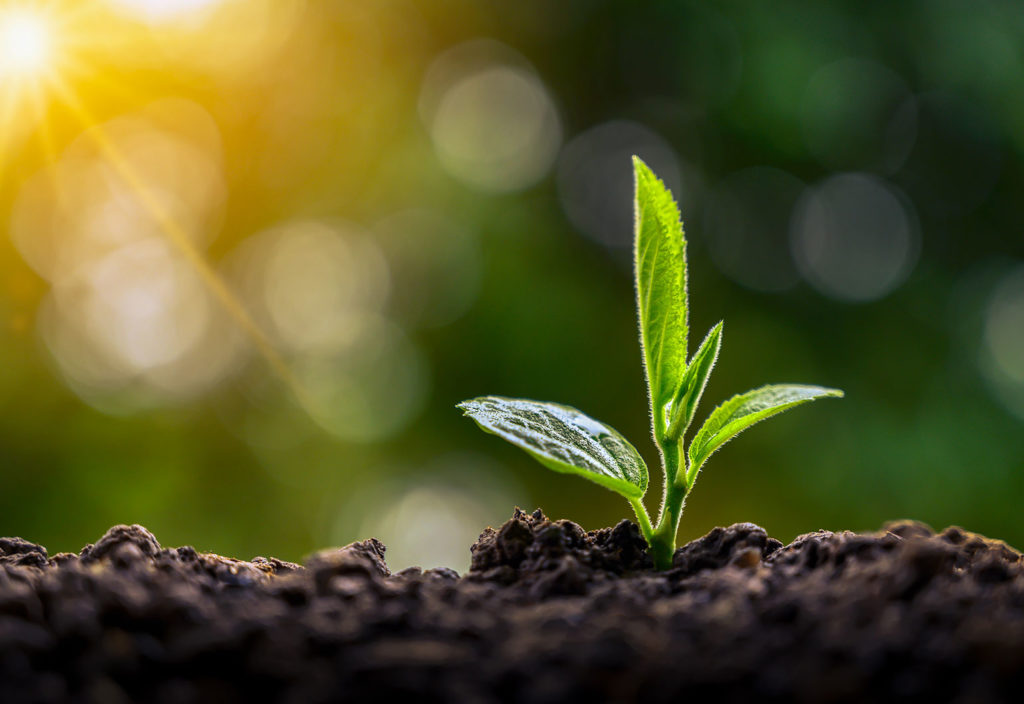Chemical engineers at the University of New South Wales (UNSW) Sydney and the University of Sydney have found a way to make ‘green’ ammonia from air, water and renewable electricity that does not require the high temperatures, high pressure and huge infrastructure currently needed to produce the essential compound.
Co-author of the study, UNSW’s Dr Ali (Rouhollah) Jalili, told create that trying to convert atmospheric nitrogen (N2) directly to ammonia using electricity has been a challenge for researchers for the last decade.
“Despite significant efforts, research into green ammonia through electrocatalysis from atmospheric nitrogen has made limited progress. The process is inherently limited by the chemical inertness of nitrogen, causing the field to face several challenges,” he said.
“We have been among the first group of researchers who tried bypassing the troublesome and unreactive nitrogen molecule altogether and instead use intermediaries that could efficiently be converted to ammonia. Moreover, our other critical advantage over others was our ability to design plasma reactors that could generate this essential reactant in a much more energy-efficient way.”
The researchers said that ammonia synthesis was one of the critical achievements of the 20th century. When used in fertilisers that quadrupled the output of food crops, it enabled agriculture to sustain an ever-expanding global population.
They believe their new production method has the potential to play a role in the global transition towards a hydrogen economy, where ammonia is increasingly seen as a solution to the problem of storing and transporting hydrogen energy.
Making it green
Dr Emma Lovell from UNSW’s School of Chemical Engineering said the traditional way to make ammonia — known as the Haber-Bosch process — is only cost-effective when produced on a massive scale due to the huge amounts of energy and expensive materials required.
“The current way we make ammonia via the Haber-Bosch method produces more CO2 than any other chemical-making reaction,” she said.
“In fact, making ammonia consumes about 2 per cent of the world’s energy and makes 1 percent of its CO2 — which is a huge amount if you think of all the industrial processes that occur around the globe.”
Jalili added that the proof-of-concept lab experiments used plasma to convert air into an intermediary called NOx — either NO2- (nitrite) or NO3- (nitrate). The nitrogen in these compounds is much more reactive than N2 in the air.
“Our method is not to replace the existing large-scale production units, or emerging sustainable Haber-Bosch approaches using green hydrogen, but to provide a green complementary ammonia synthesis pathway that uses cheap excess renewable energy at the point of use,” he said.
“This process is more straightforward, uses only water and air, and contains fewer steps than the current large-scale industrial unit.”
Once the engineers generated the intermediary in water, they designed a selective catalyst and scaled the system. The key breakthrough in their technology is in the design of the high-performance plasma reactors coupled with electrochemistry.
“As it does not require high temperatures, pressures or considerable infrastructure it is compatible with delocalised, on-demand production,” Jalili said.
“A network of small-scale plants coupled to surplus electricity from the renewable sources could be exploited for on-site production of ammonia, substantially decreasing the distribution costs and dependency to fossil fuel resources.”
The power of plasma
Professor Patrick Cullen from the University of Sydney, who collaborated with the UNSW researchers on the project, said that atmospheric plasma is increasingly finding application in green chemistry.
“We started looking at approaches whereby we could induce electrical discharges inside bubbles, which facilitates higher energy plasma regimes, or spark discharges. We optimised the bubble size and started scaling through increasing the number of bubbles formed,” he said.
“We currently looked to have a glow plasma region to pre-excite the gas prior to entering the spark-bubble component, with a view to improving energy efficiency. Once this reactor design was optimised we looked to scale the design, the reaction vessels and also employ multiple reactors.”
In addition to the advantages of being able to scale down the technology, Professor Rose Amal, co-director of ARC Training Centre for Global Hydrogen Economy, said the team’s renewable method of ammonia production could also solve the problem of storage and transport of hydrogen energy.
“Hydrogen is very light, so you need a lot of space to store it, otherwise you have to compress or liquify it,” she said.
“But liquid ammonia actually stores more hydrogen than liquid hydrogen itself. And so there has been increasing interest in the use of ammonia as a potential energy vector for a carbon-free economy.”
The team is now looking for partners from end-user communities to assist with their journey to scale up this technology. They hope to move to pilot as soon as possible and have commercial products ready in four years.
